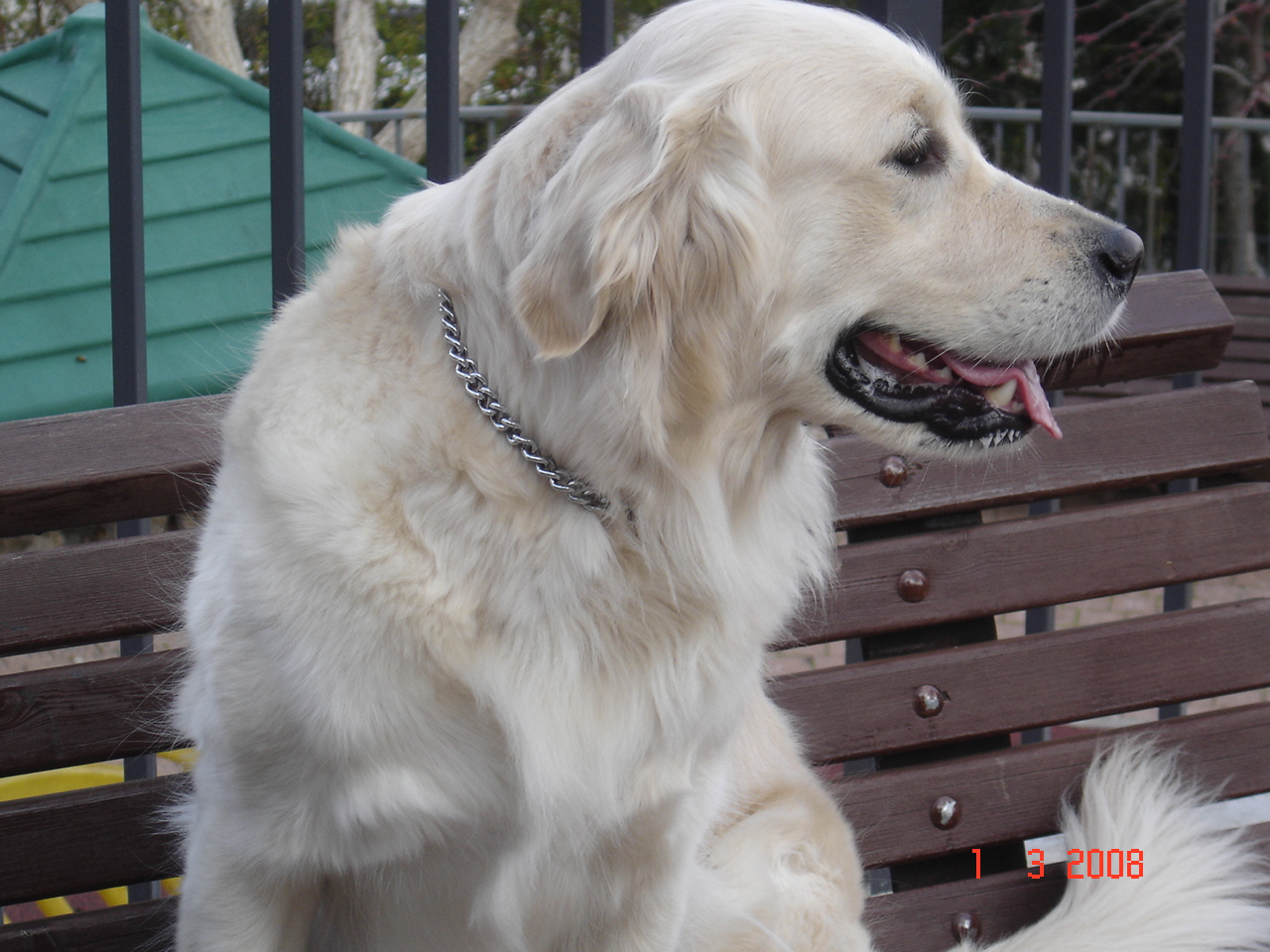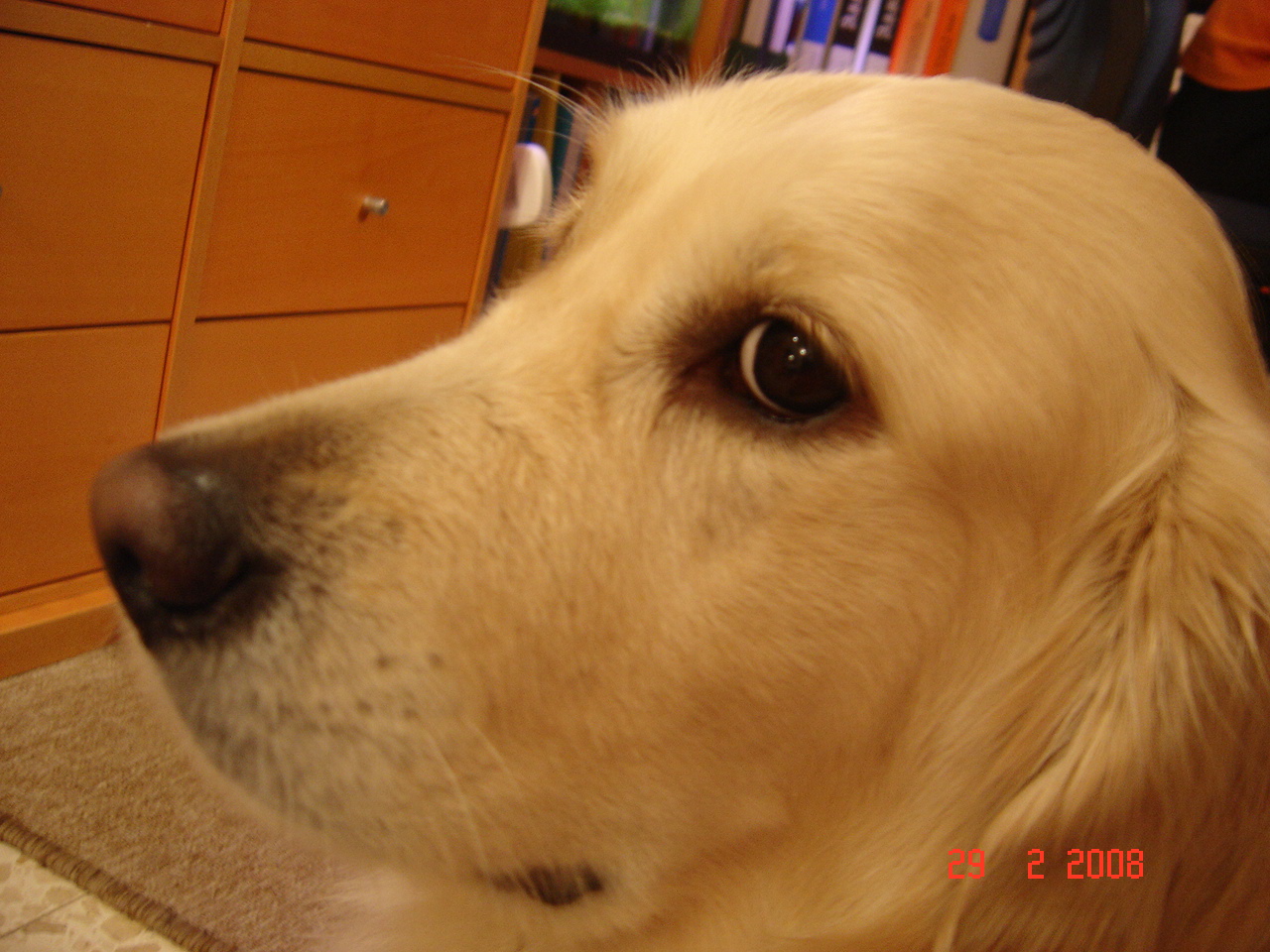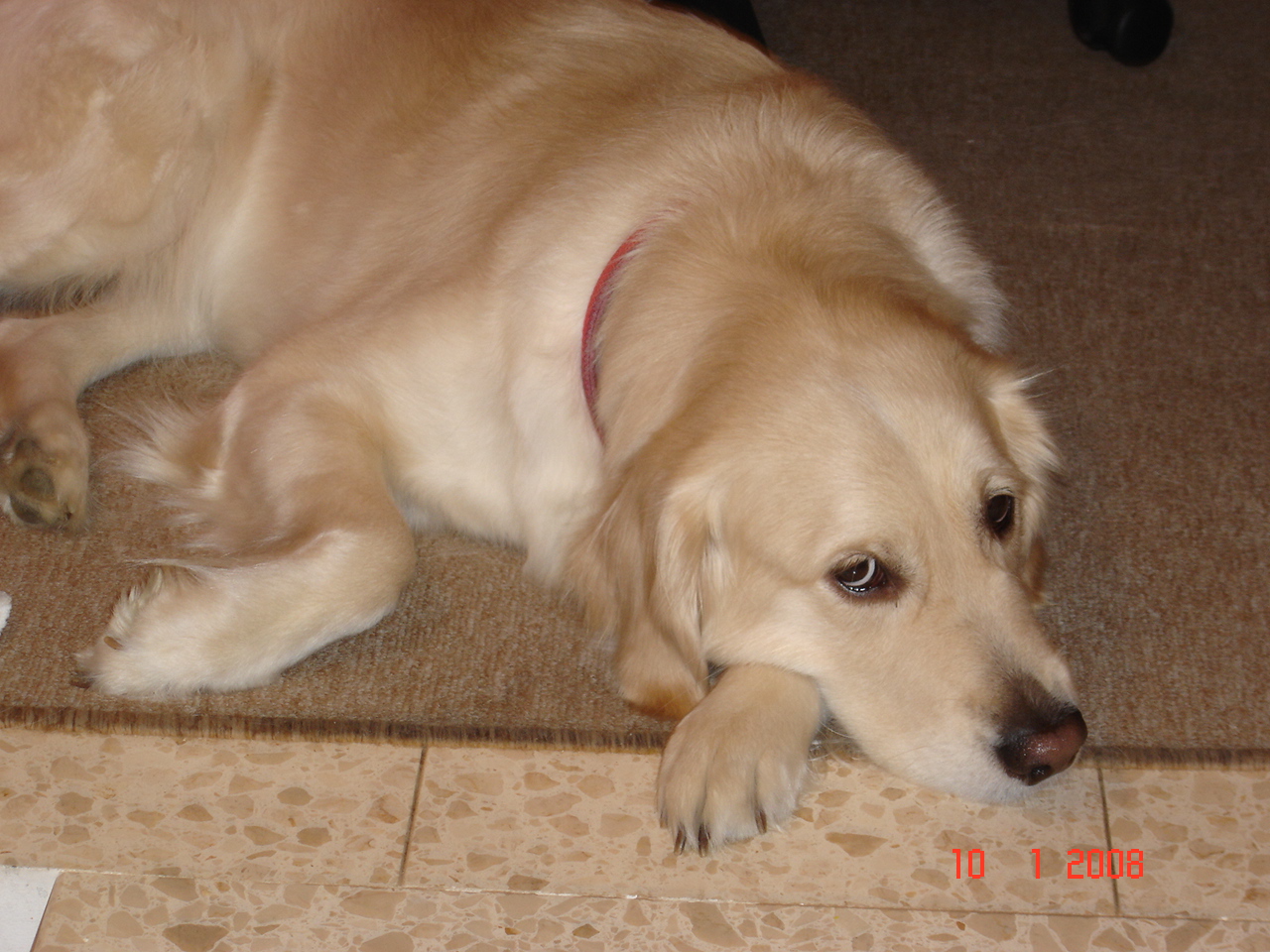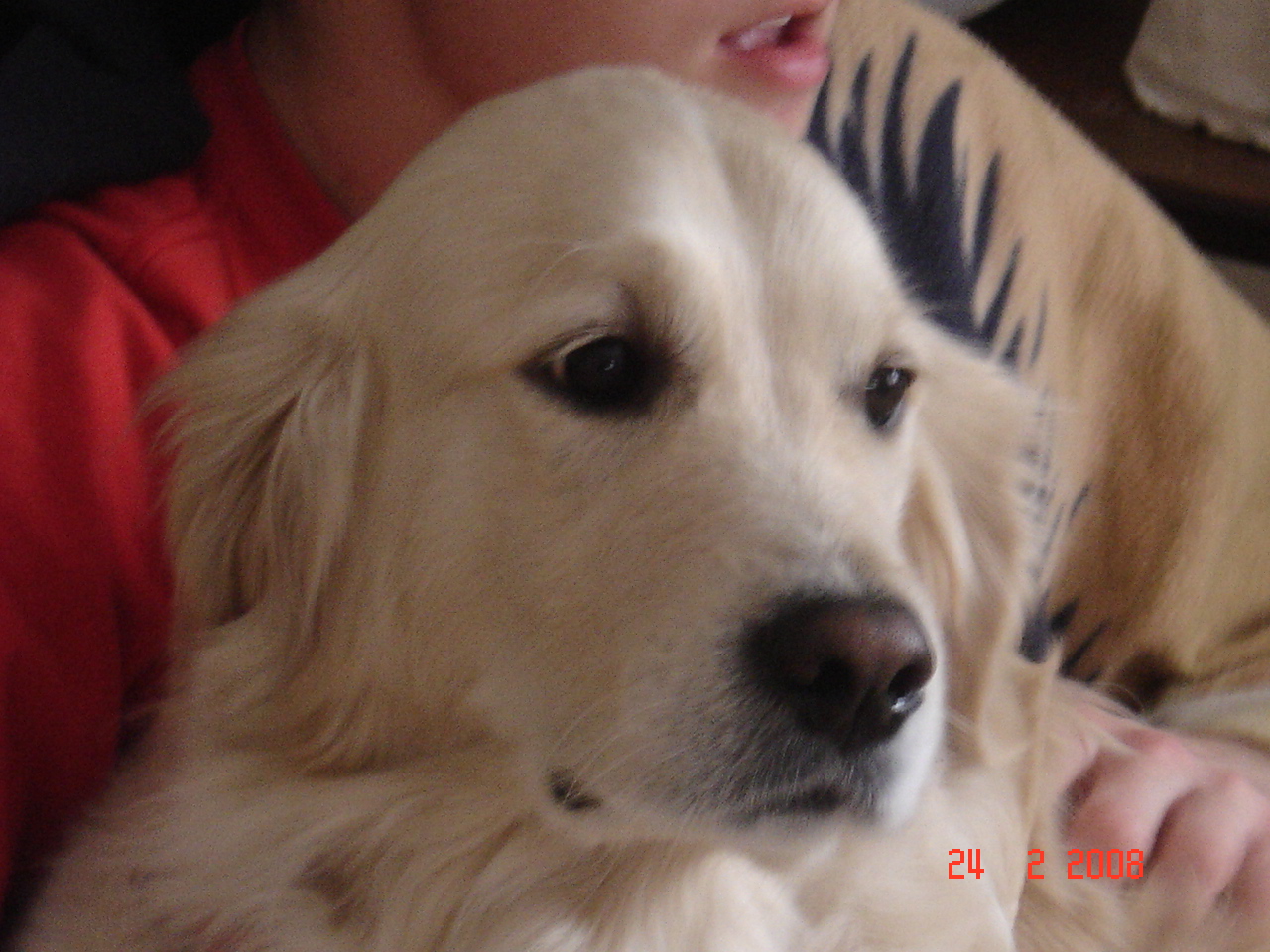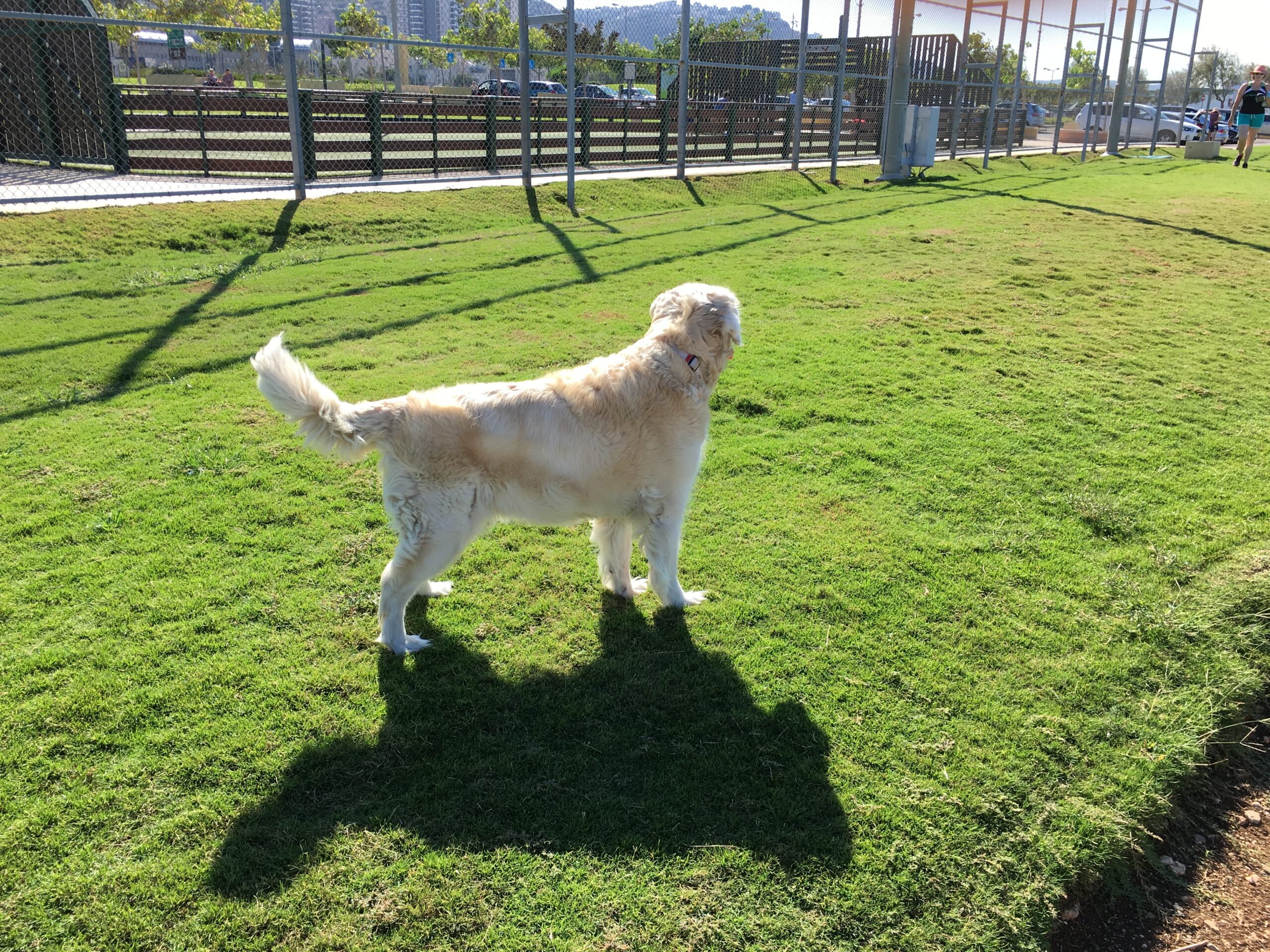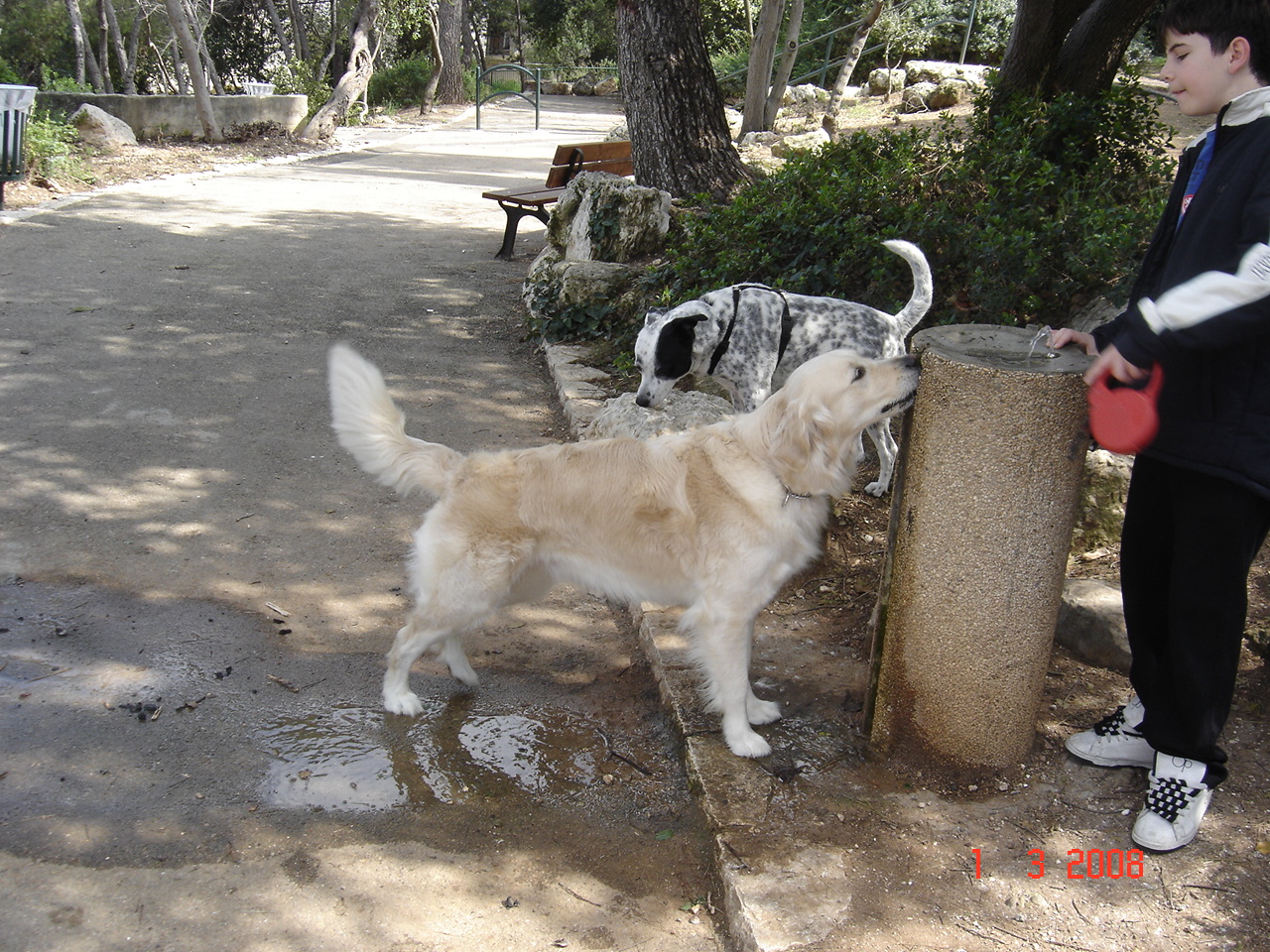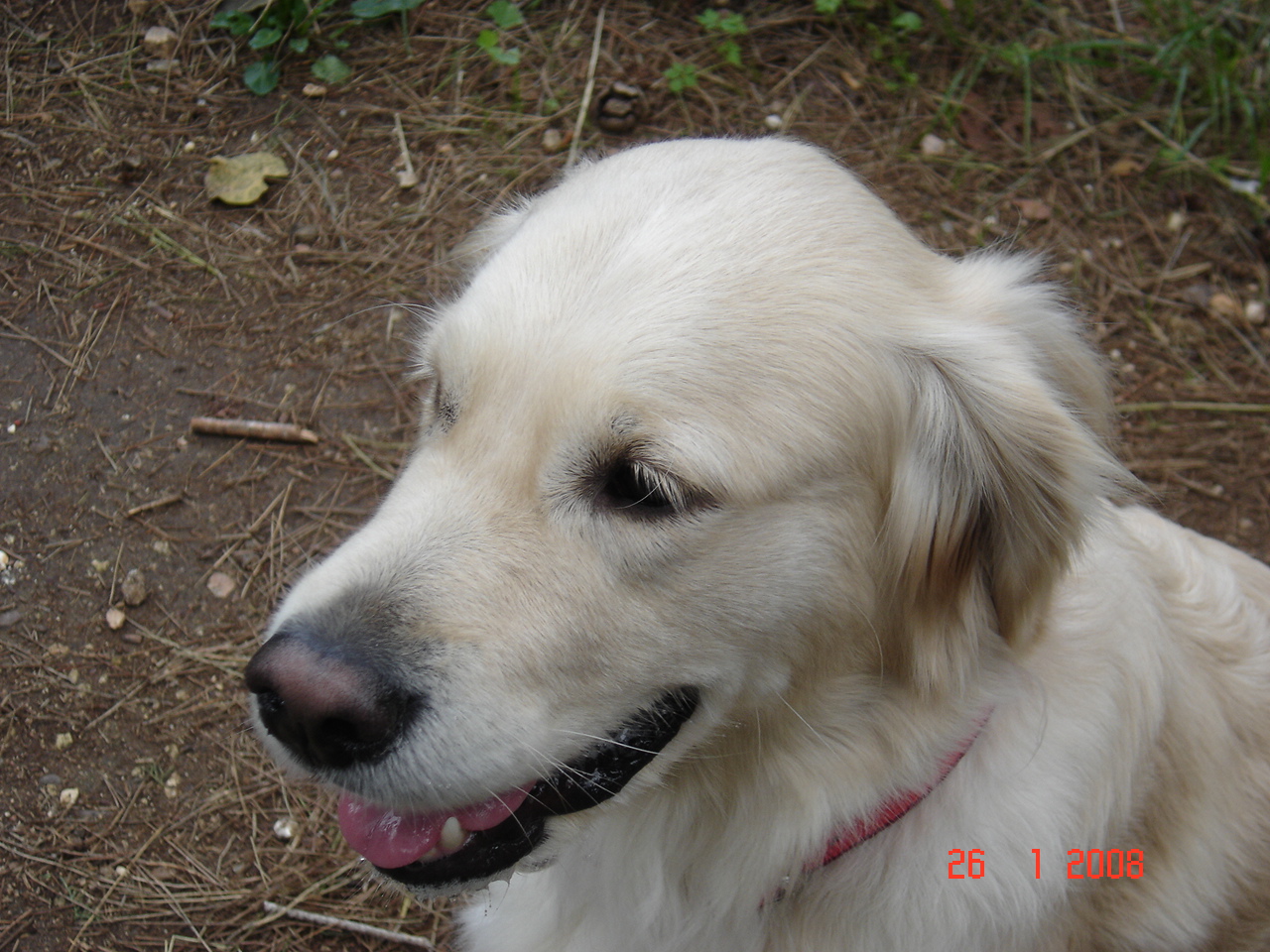1. Secure Trash Bins
- Use trash cans with tight-fitting lids or keep them in cabinets.
- Prevent pets from accessing garbage, which may contain harmful food or sharp objects.
2. Hide Electrical Cords
- Tape down or conceal cords using cord organizers or covers.
- Consider bitter sprays to deter chewing.
3. Remove Toxic Plants
- Common toxic plants: lilies, philodendrons, poinsettias, aloe, and sago palms.
- Use pet-safe alternatives or keep plants out of reach.
4. Keep Medications & Chemicals Out of Reach
- Store cleaning products, medications, and other chemicals in secure cabinets.
5. Pet-Safe Furniture
- Avoid recliners or rocking chairs that can trap pets underneath.
- Use scratch-resistant or easy-to-clean materials.
6. Stow Away Small Objects
- Buttons, hair ties, jewelry, and small toys can pose a choking hazard.
- Keep these items in drawers or closed containers.
7. Close Toilets & Lids
- Some pets drink from toilets, risking poisoning or drowning.
- Always close toilet lids and bathroom doors.
8. Secure Windows & Balconies
- Use screens or window guards.
- Block access to balconies or install pet-proof netting.
Room-by-Room Pet-Proofing
Kitchen:
- Secure food in cabinets (many common foods are toxic, e.g., chocolate, grapes, onions).
- Move dangerous utensils and appliances out of reach.
- Keep dishwasher and laundry doors closed.
Living Room:
- Protect fragile items by placing them higher up.
- Tuck away cords from electronics.
- Use baby gates to block off forbidden areas.
Bathroom:
- Keep razors, soap, and cleaning supplies in closed cabinets.
- Lock away trash bins.
Bedroom:
- Watch for jewelry, medications, and charging cords.
- Check under the bed for lost hazardous items.
Garage & Yard:
- Secure antifreeze, fertilizers, and other chemicals.
- Store sharp tools out of reach.
- Check fences for gaps and install gates.
For Specific Pets
- Cats: Secure loose string, yarn, and curtain cords; keep windows closed or screened.
- Dogs: Install baby gates, be cautious with rawhide and small toys.
- Small Animals (rabbits, rodents): Use wire covers for baseboards; avoid houseplants.
- Birds: Keep ceiling fans off when birds are out; avoid non-stick cookware fumes.
- Reptiles/Fish: Keep tanks secure and chemical-free; check for escape routes.
Extra Tips
- ID tags & Microchips: Make sure your pets are identifiable if they escape.
- Regular Cleaning: Prevents buildup of harmful items on floors.
- Supervision: Watch new pets, especially when first introducing them to your home.

